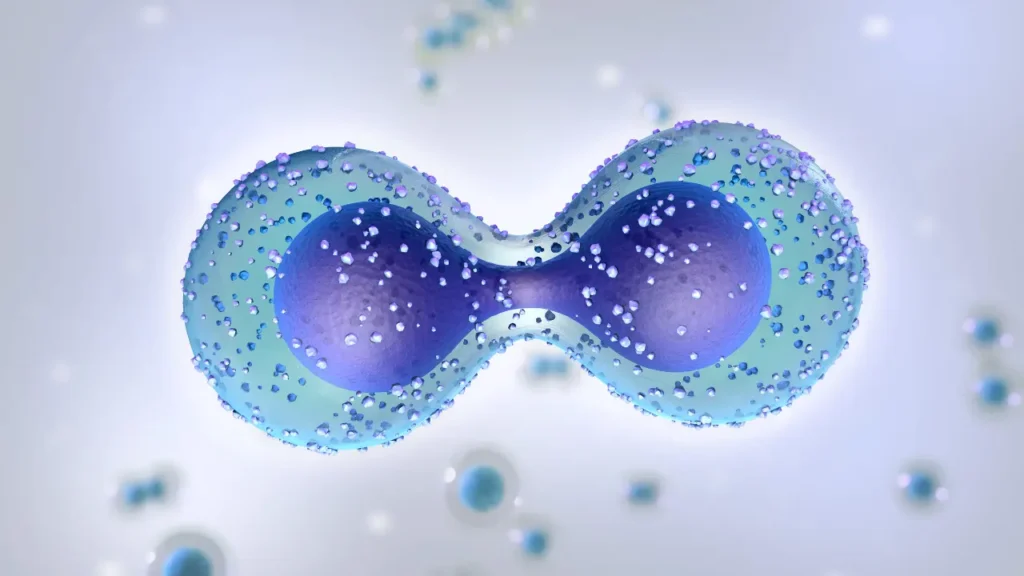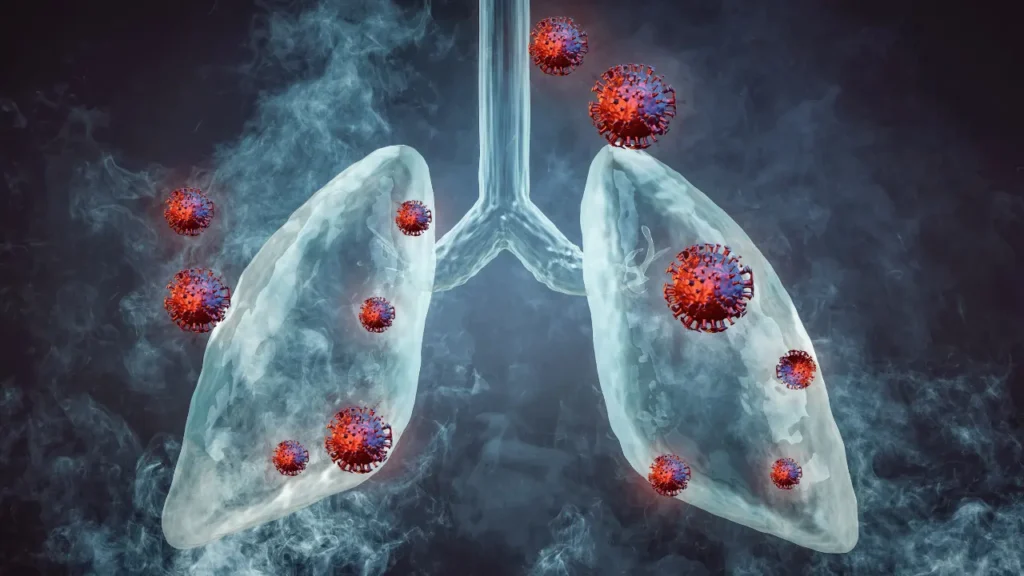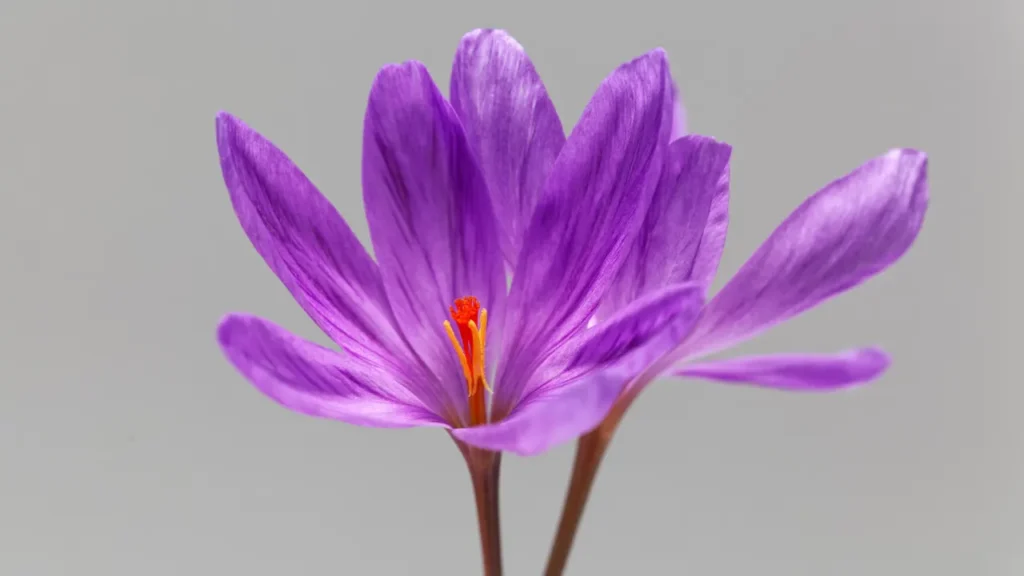There is an annual flowering plant known as the Autumn Crocus, or Colchicum autumnale. This plant belongs to the Colchicaceae family. It is indigenous to Europe and North Africa and has long been valued for its therapeutic qualities by a number of different cultures. The plant is known for its stunning purple autumn flowering season, hence the name “Autumn Crocus.” Colchicine, the plant’s main ingredient, has been used for its anti-inflammatory and analgesic qualities for millennia. This page offers a thorough analysis of the nutritional supplement Autumn Crocus’s health advantages, ideal dosage, negative effects, possible drug interactions, and appropriate usage.
You May Also Like:
Sunmed CBD vs. Partnered Process CBD: Finding the Best CBD for Sleep
Bayberry: Benefits, Dosage, Side Effects, Drug Interactions, and Other Important Information
AUTUMN CROCUS: Benefits, Dosage, Side Effects, Drug Interactions, And Other Important Information is an original (NootropicsPlanet) article.
Nature of Autumn Crocus
The Autumn Crocus, or Colchicum autumnale, is a herbaceous perennial plant. The Autumn Crocus is native to Europe and North Africa. It frequently grows in meadows, grasslands, and clearings in forests because it does best in well-drained soil. The plant is known as an “Autumn Crocus” because of its eye-catching purple or pinkish flowers that bloom in the autumn. Nevertheless, despite its widespread name, it is not a real crocus and instead belongs to the Colchicaceae family, which includes other non-crocus plants.
The lanceolate Autumn Crocus leaves develop in the spring and typically wither away before the blooms do. The “scapes,” or long, slender stalks on which the flowers are carried, usually have six tepals that resemble petals that encircle the primary reproductive elements of the flower. Fruits are in capsules containing numerous seeds and develop underground from the base of the flower.
Health Benefits of Autumn Crocus
Gout Therapy: Gout treatment is one of the most well-known use for colchicine, a substance produced from the Autumn Crocus. The inflammatory illness, gout, causes severe swelling and redness in the joints due to the deposition of monosodium urate crystals. The anti-inflammatory effects of colchicine reduce the signs and symptoms of gout by preventing neutrophil recruitment and activation, which are white blood cells that are essential to the inflammatory response. Inhibiting neutrophils lessens the production of inflammatory mediators that contribute to gout symptoms such cytokines and chemokines.
Mediterranean fever in the Family: There are some people of Mediterranean heritage who have Familial Mediterranean Fever (FMF), a rare genetic autoinflammatory illness. Recurrent fever attacks and inflammation of the peritoneum, pleura, and synovium are its defining features. Colchicine has the ability to control the immune system and lessen inflammation to help effectively prevent FMF symptoms.
Potential Cancer-Preventive Effects: Recent research has revealed that colchicine may have potential anti-cancer properties. Colchicine prevents mitosis by interfering with microtubule assembly, which may cause cancer cells that divide quickly to perish.

Chemistry of Autumn Crocus
Colchicine, an alkaloid with an intricate molecular structure, is the primary bioactive component of the Autumn Crocus. The lipophilic nature of colchicine allows it to easily pass across cell membranes and the blood-brain barrier. This characteristic allows it to exercise its therapeutic effects on a variety of tissues and organs. In order to produce microtubules, which are crucial elements of the cytoskeleton in eukaryotic cells, the molecule attaches to tubulin, a structural protein. Colchicine interferes with microtubule assembly by preventing tubulin polymerization, which impacts on cellular functions as cell division, motility, and intracellular transport.
Physiological Mechanisms of Action
The bioactive ingredient in Autumn Crocus, colchicine, works physiologically by interacting with tubulin and then having an impact on microtubules, crucial parts of the cytoskeleton of cells. The therapeutic effects of the substance in illnesses like gout, Familial Mediterranean Fever (FMF), and its potential anti-cancer qualities are better understood when these pathways are understood.
A crucial part of microtubule structure, the protein tubulin, is where colchicine works by attaching to it. Cell division, intracellular transport, and shape maintenance depend on these filamentous filaments. Colchicine prevents the polymerization of -tubulin dimers into microtubules by attaching to the colchicine-binding domain of the -tubulin subunit.
Colchicine’s anti-inflammatory properties are particularly important for the treatment of FMF and gout. When monosodium urate crystals form in the joints, it causes an inflammatory reaction that results in discomfort, redness, and swelling. Neutrophils, which are white blood cells engaged in the inflammatory response, are impacted by colchicine’s interaction with microtubules.
Colchicine interferes with neutrophil chemotaxis, phagocytosis, and degranulation via preventing microtubule assembly. As a result, less pro-inflammatory mediators, including cytokines and chemokines, are released, which lessens the inflammatory response.

Optimal Dosage
The ideal colchicine dosage for a variety of indications depends on the particular ailment being treated as well as the patient’s age, weight, and general state of health. For acute gout attacks, an initial dose of 1.2 mg is often advised, followed by a dose of 0.6 mg an hour later. A daily dose of 0.5 to 1.0 mg is usually advised for continuing gout attack prevention. The recommended dosage for FMF is between 1.0 and 2.0 milligrams per day. The right dosage must be chosen in consultation with a healthcare professional based on the patient’s unique requirements.
Side Effects
Even at therapeutic doses, colchicine can have unwanted side effects, including gastrointestinal discomfort such nausea, vomiting, diarrhea, and abdominal pain. These adverse reactions are typically dose-dependent and usually go away when the medicine is stopped. Colchicine can occasionally also depress the bone marrow, which lowers the levels of platelets, red blood cells, and white blood cells. The risk of infections and bleed-related problems may rise as a result.
Rarely, excessive doses of colchicine can cause severe toxicity that can include multiple organ failure and even fatal complications. Colchicine poisoning symptoms can include coma, convulsions, respiratory difficulties, and muscular weakness. It’s crucial for you to follow the recommended dosage schedule and speak with your doctor if any unsettling side effects occur.

Potential Substance Interactions
Colchicine may interact with other medicines, increasing the risk of adverse effects or decreasing the efficacy of either treatment. The following are a few possible interactions:
- CYP3A4 Inhibitors: Medicines that block the activity of the cytochrome P450 3A4 enzyme, such as clarithromycin, ketoconazole, and itraconazole, can raise the body’s level of colchicine, which could be hazardous. Any medicine used must be disclosed to the healthcare practitioner in order to establish whether dosage adjustments are required.
- P-glycoprotein: Colchicine is a substrate for the P-glycoprotein efflux transporter. 2. P-glycoprotein Inhibitors. Drugs that block this transporter, such verapamil and cyclosporine, can raise colchicine concentrations and toxicity risks.
- Statins: Colchicine and statins, a group of drugs used to decrease cholesterol, should not be taken concurrently since it may raise the risk of myopathy, or muscle injury. If both medications are being taken at the same time, caution should be taken, and your healthcare professional should be informed.
- Anticoagulants: Combining colchicine with direct oral anticoagulants or warfarin may raise the risk of problems involving bleeding. There may need to be close monitoring and dose modifications.
Responsible Use of Autumn Crocus
The following recommendations must be followed in order to use Autumn Crocus and its derivatives safely and effectively:
- Before beginning any new supplement or drug, speak with your doctor, especially if you have a medical condition or are already on medication.
- Adhere to the suggested dosage schedule and avoid exceeding it since doing so may raise the risk of toxicities and adverse effects.
- Inform your healthcare professional as soon as possible of any negative effects or possible interactions.
- Recognize possible exclusions, such as being pregnant or having a history of bone marrow suppression.
- To assure quality and purity, get Autumn Crocus pills from reliable vendors.
AUTUMN CROCUS:
Conclusion
The Autumn Crocus is a visually captivating flowering plant. It is a substance that can provide relief for general health issues and for highly specific medical conditions, such as gout, FMF, and cancer. It contains a substance within its chemical makeup that has anti-inflammatory properties as well. Please be safe with consuming as it can affect blood disorders, cholesterol medications, and other serious medicinal interactions. Dosages should be monitored closely and are generally low. This flower has been used by many cultures for its healing properties. Continue your research and try it out.

References:
- “Colchicine, Biologic Agents and More for the Treatment of Familial Mediterranean Fever. The Old, the New, and the Rare.” Retrieved from: https://pubmed.ncbi.nlm.nih.gov/26572612/
- “Colchicine — update on mechanisms of action and therapeutic uses.” Retrieved from: https://www.ncbi.nlm.nih.gov/pmc/articles/PMC4656054/
- “Molecular interactions at the colchicine binding site in tubulin: an X-ray crystallography perspective.” Retrieved from: https://www.ncbi.nlm.nih.gov/pmc/articles/PMC8901563/
Important Note: The information contained in this article is for general informational purposes only, and should not be construed as health or medical advice, nor is it intended to diagnose, prevent, treat, or cure any disease or health condition. Before embarking on any diet, fitness regimen, or program of nutritional supplementation, it is advisable to consult your healthcare professional in order to determine its safety and probable efficacy in terms of your individual state of health.
Regarding Nutritional Supplements Or Other Non-Prescription Health Products: If any nutritional supplements or other non-prescription health products are mentioned in the foregoing article, any claims or statements made about them have not been evaluated by the U.S. Food and Drug Administration, and such nutritional supplements or other health products are not intended to diagnose, treat, cure, or prevent any disease.


